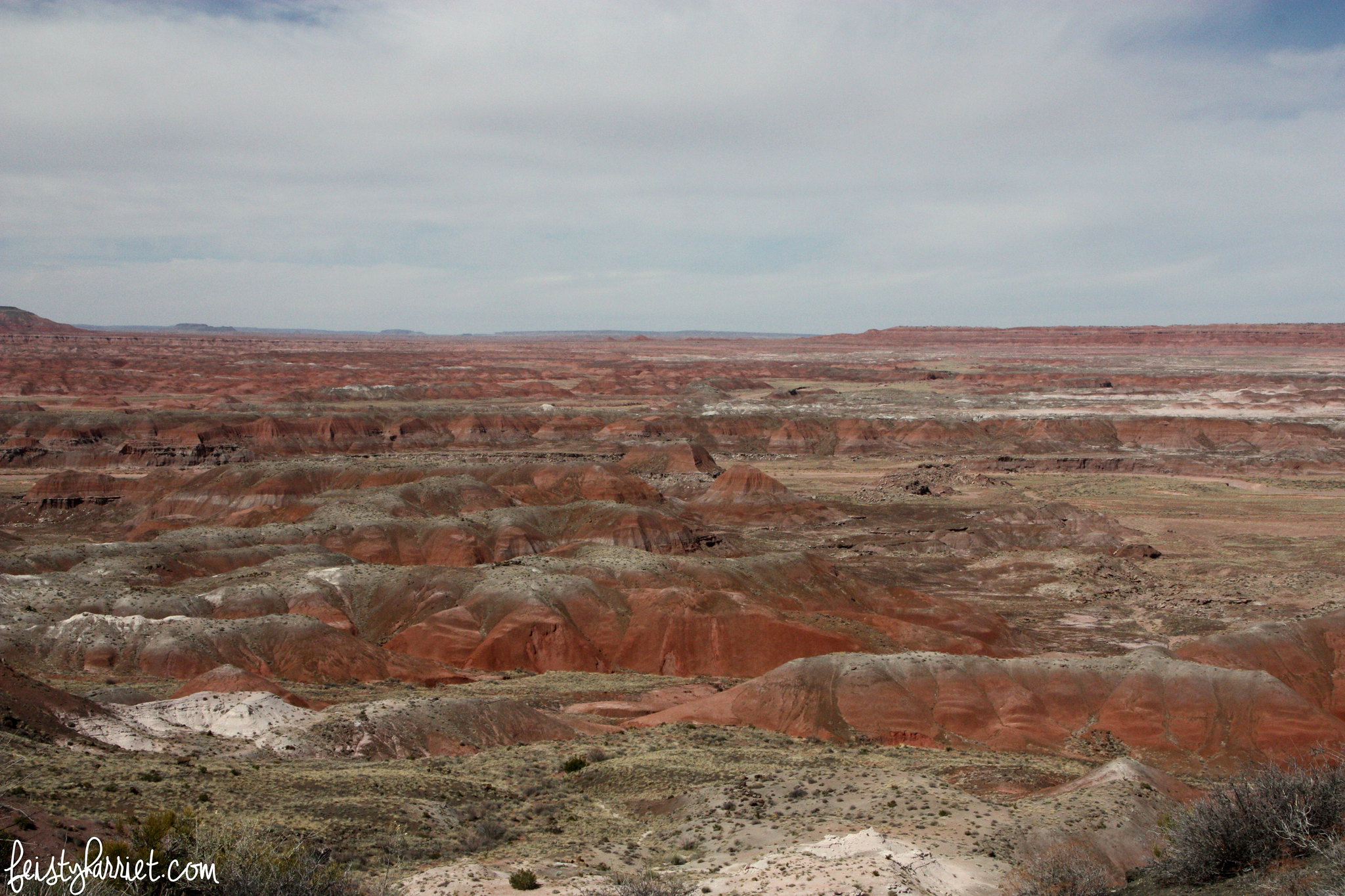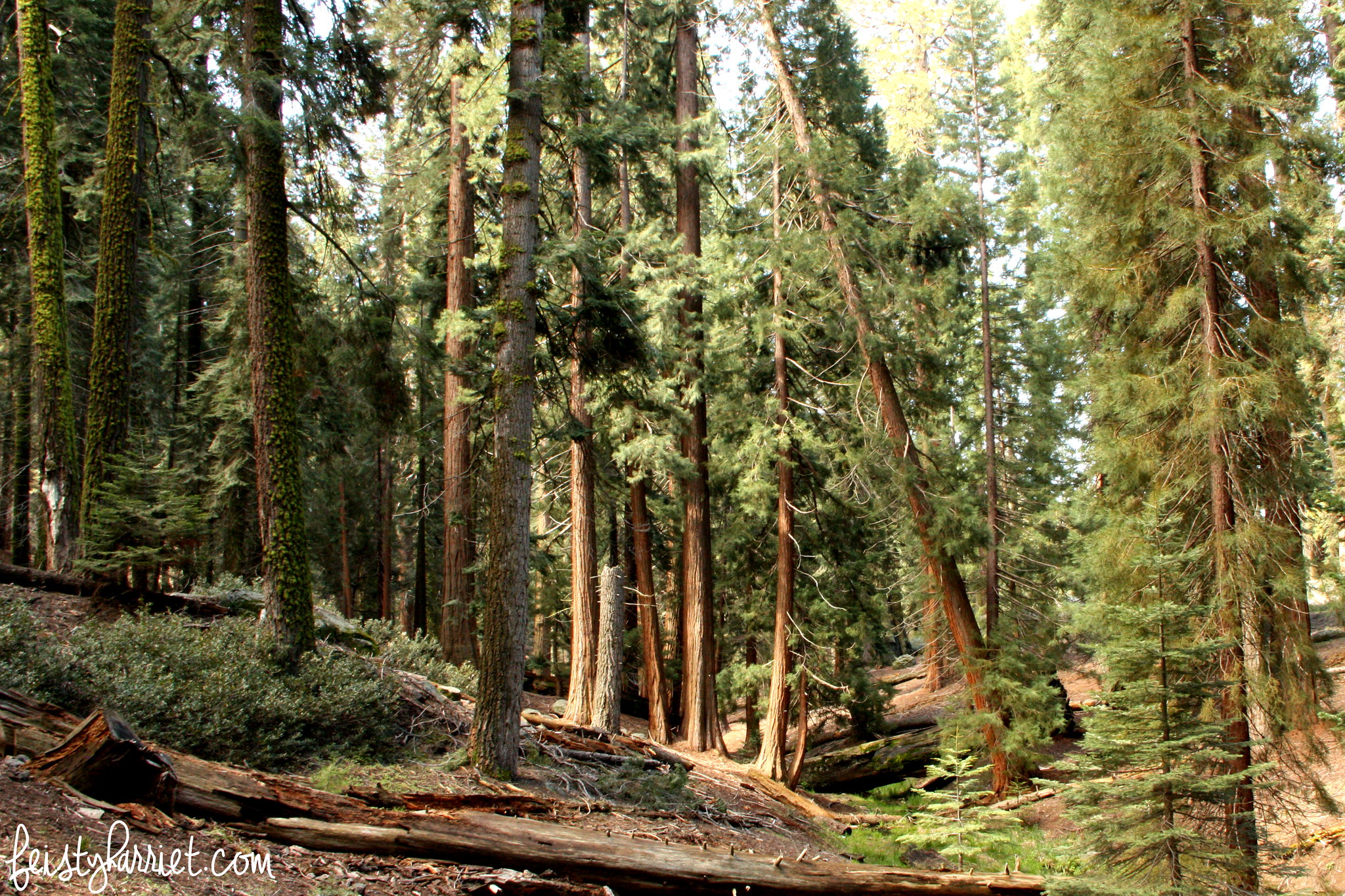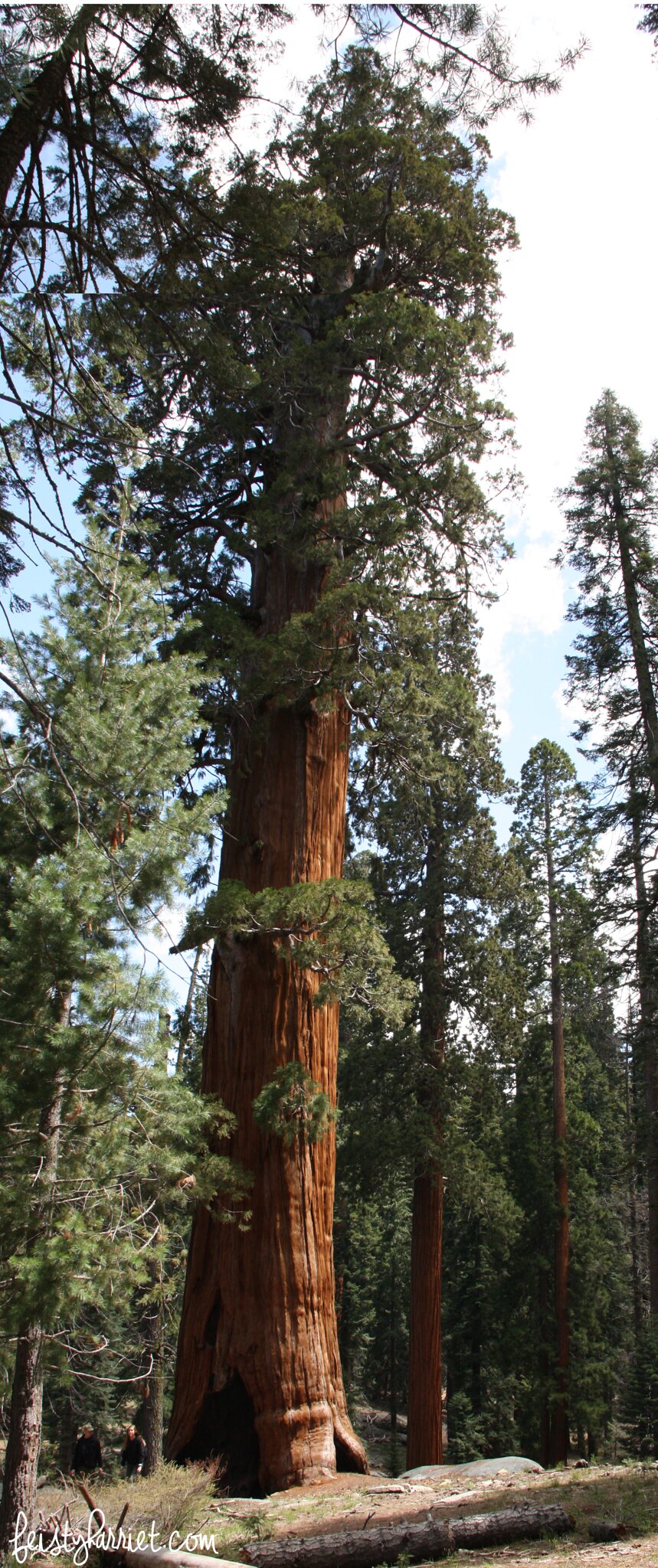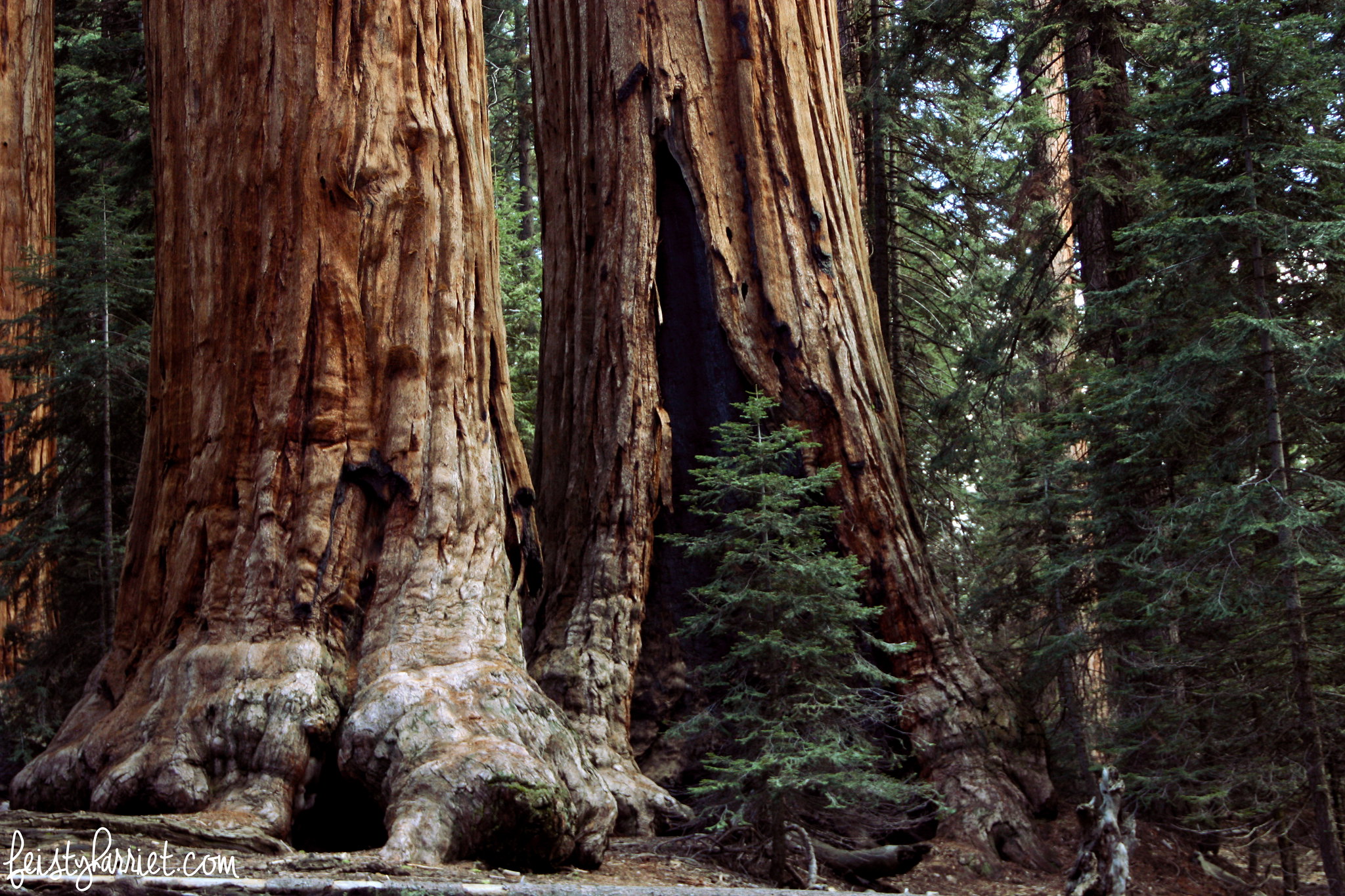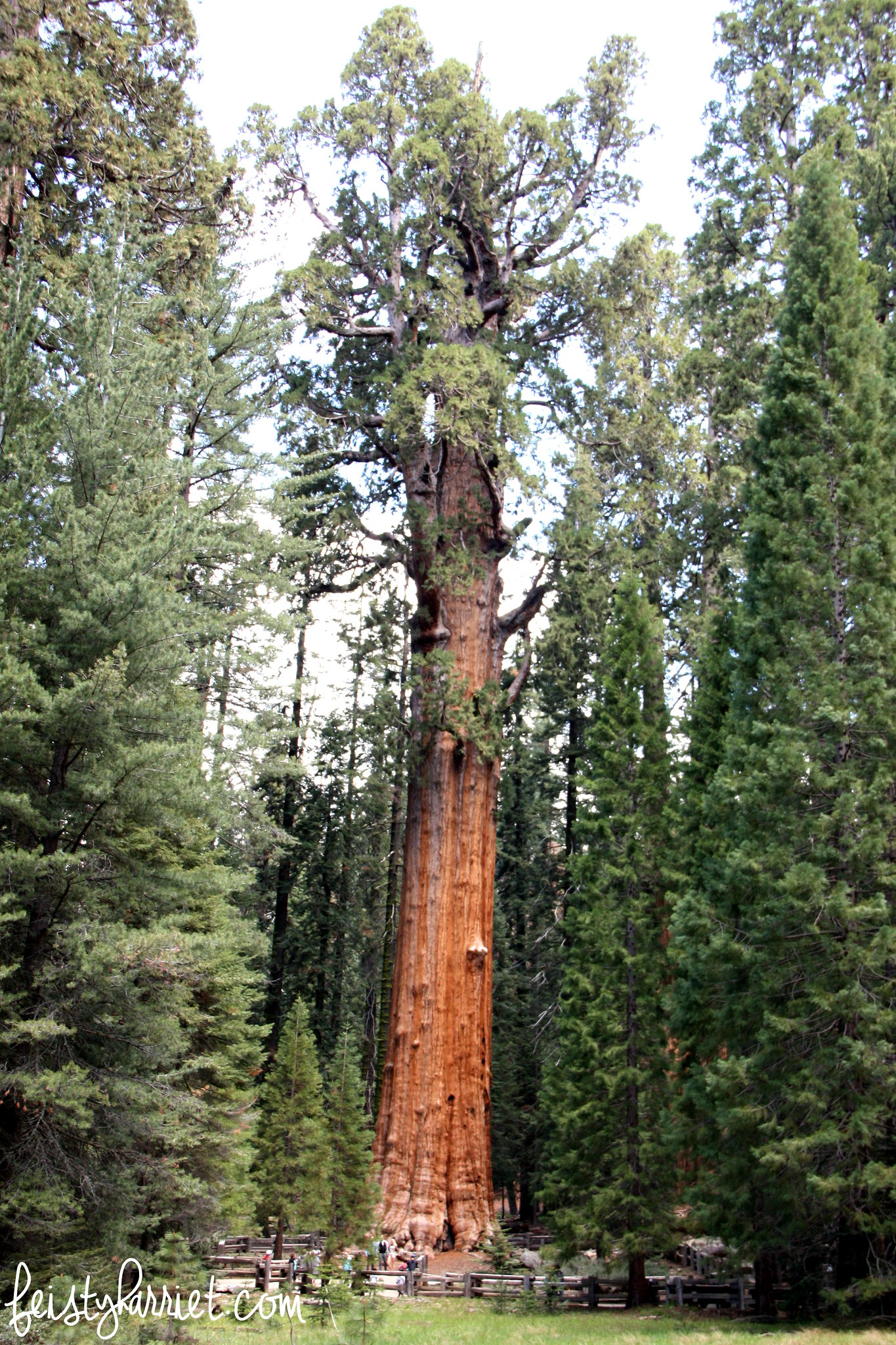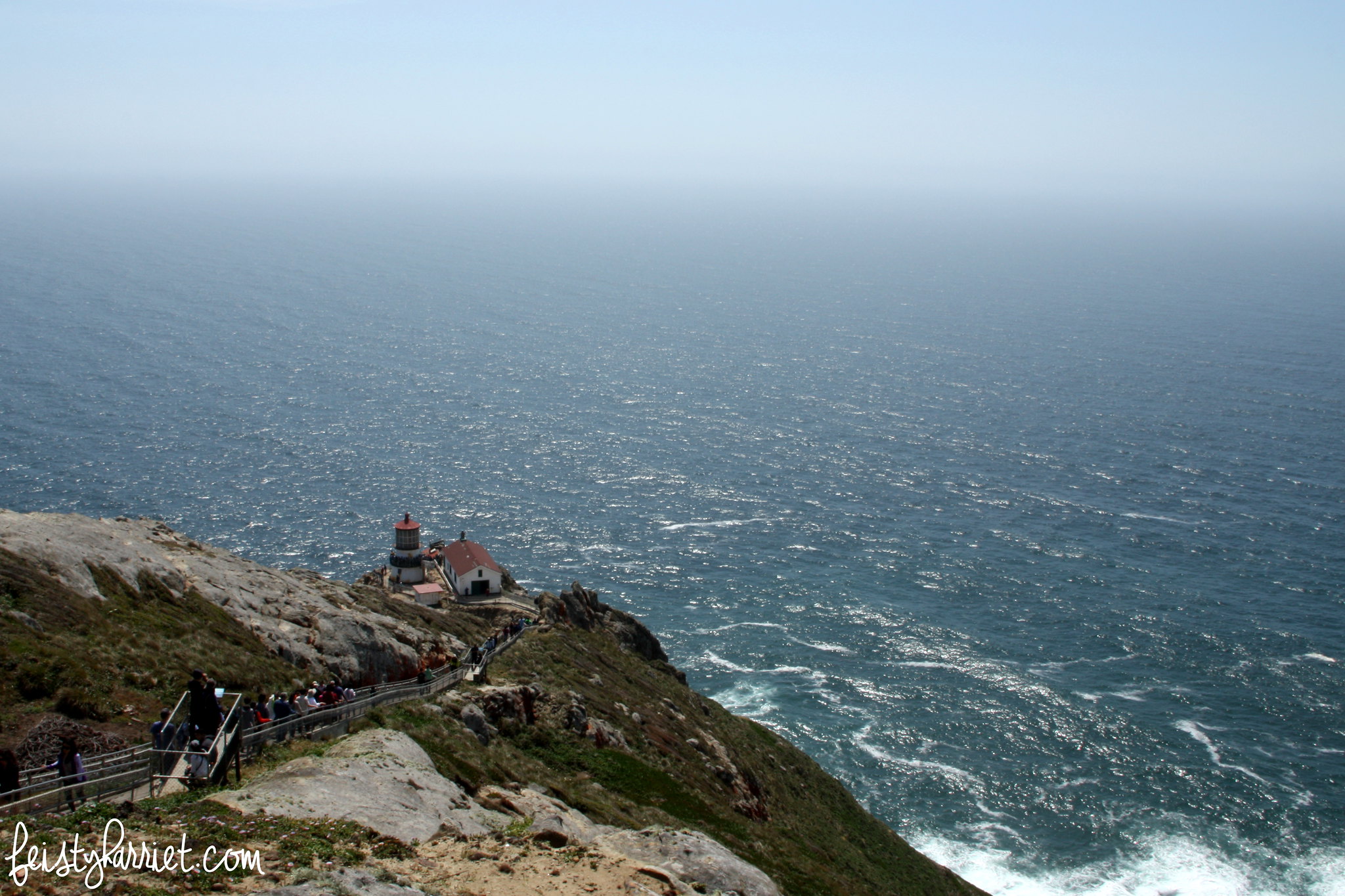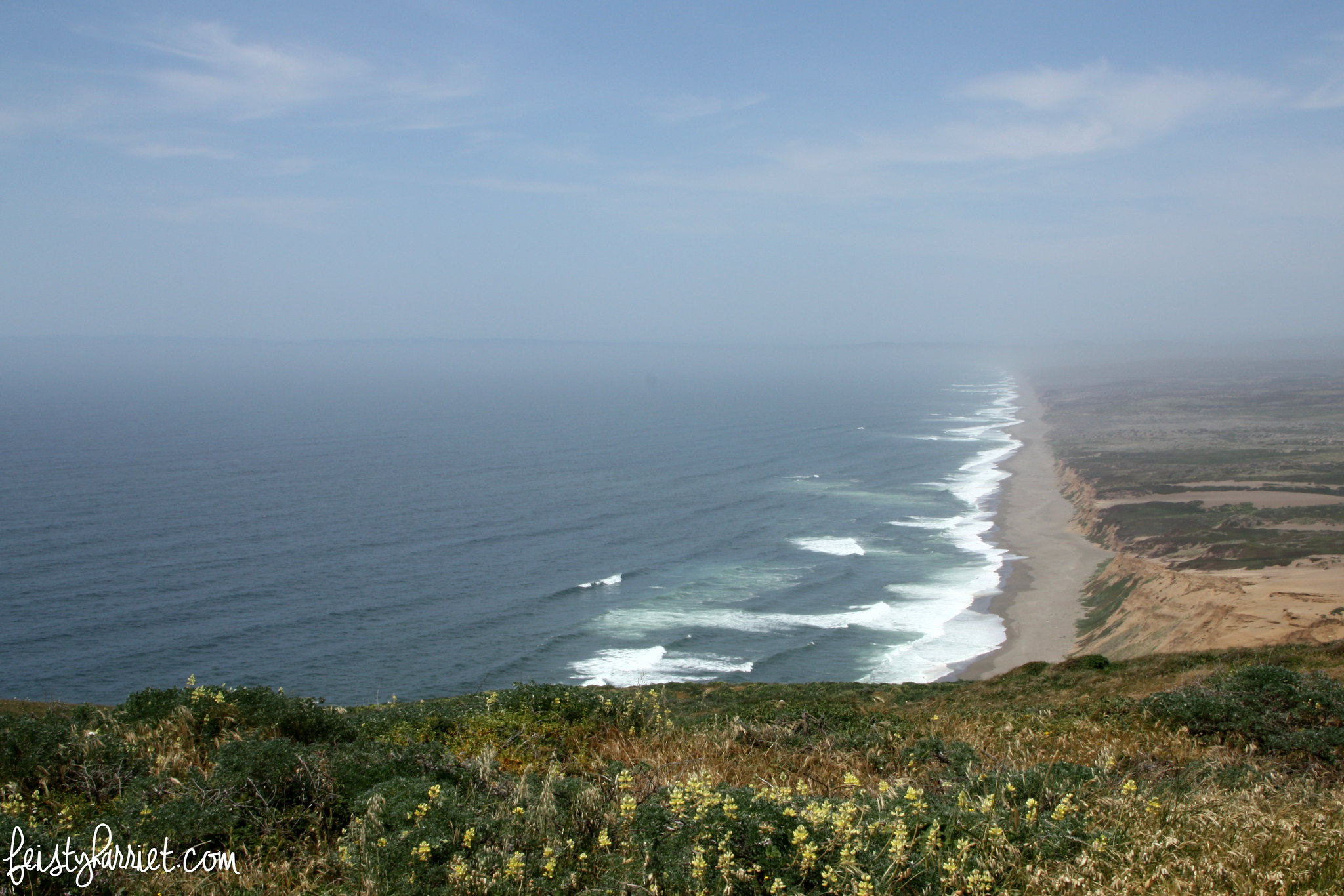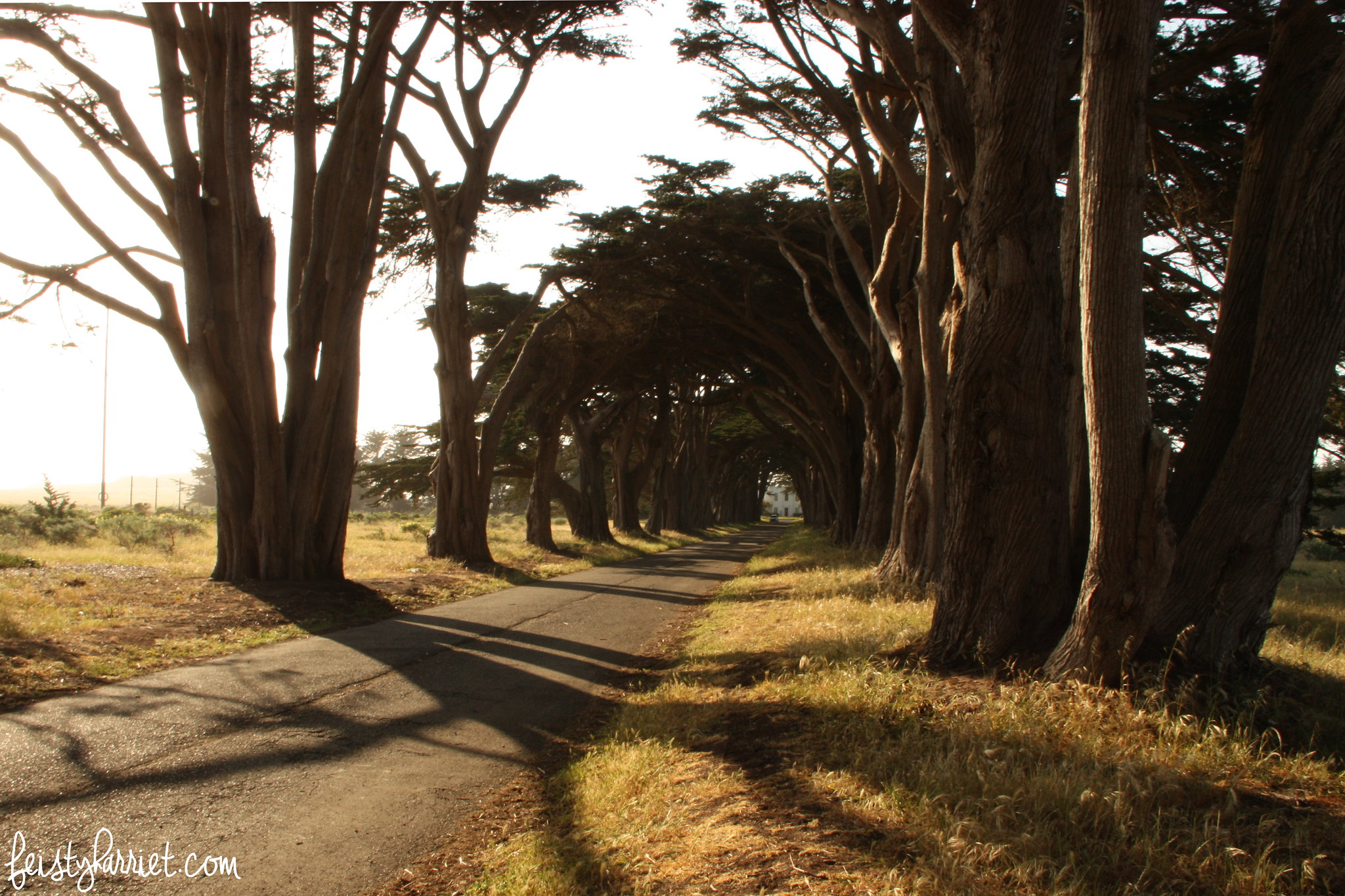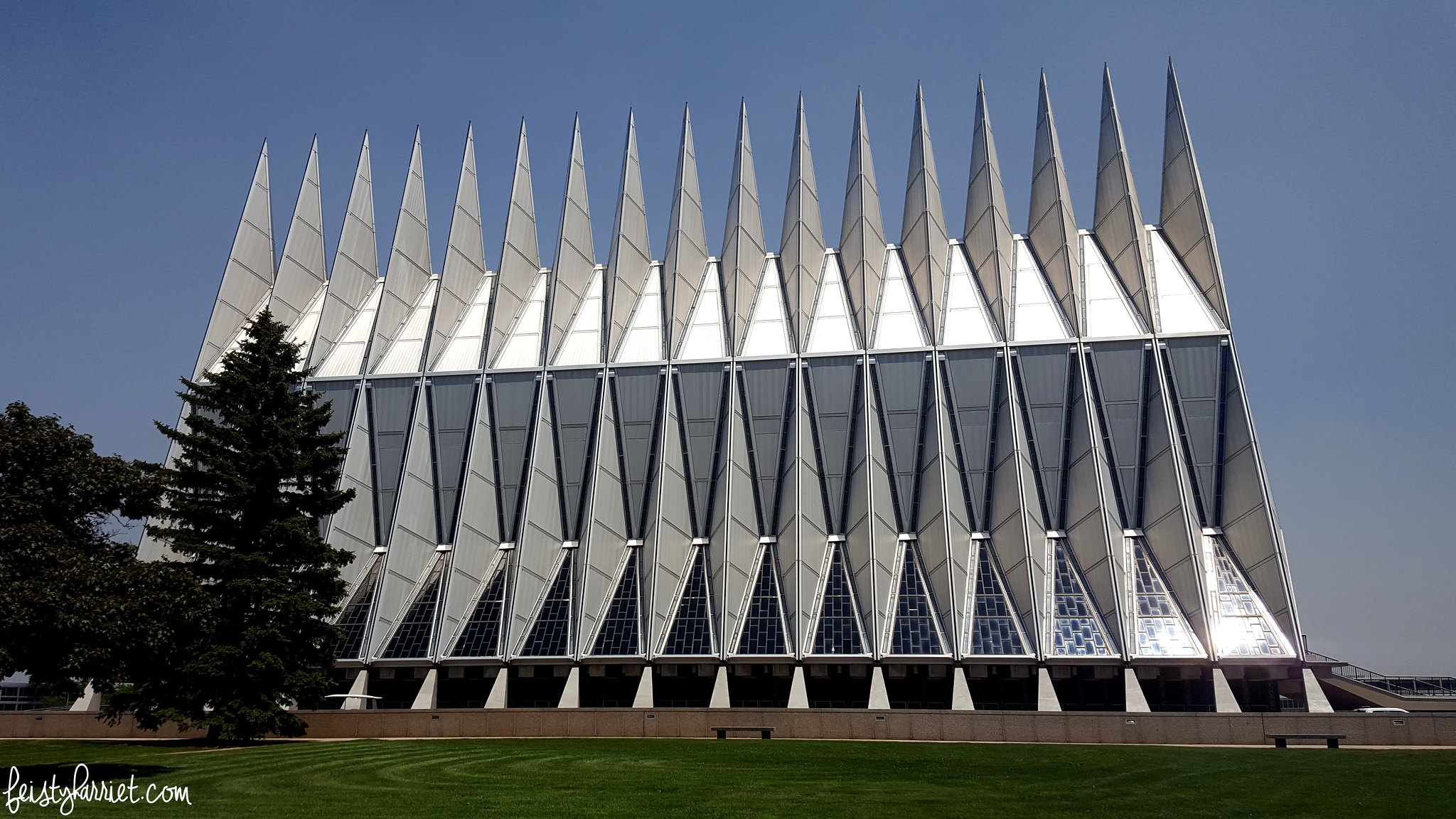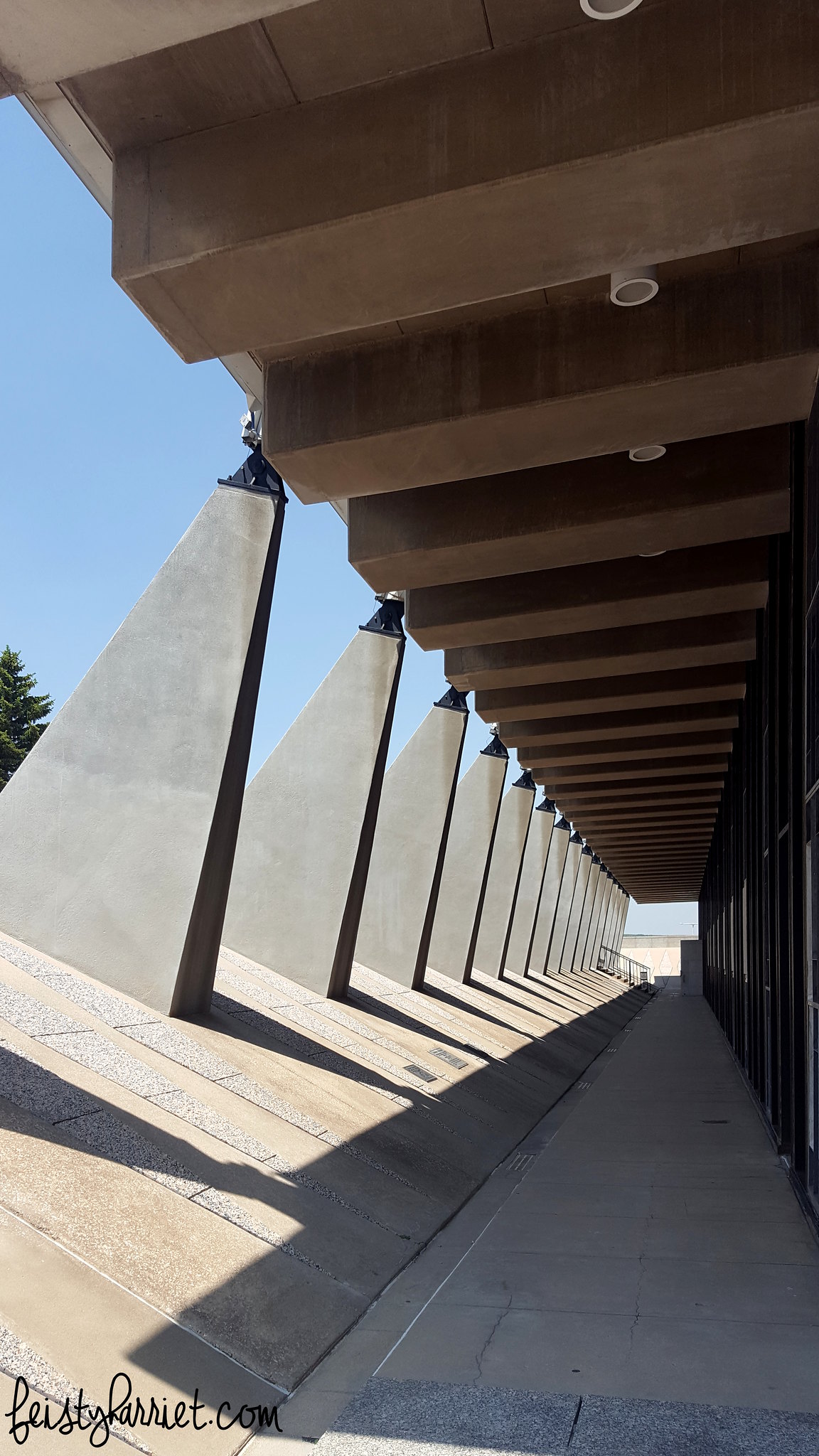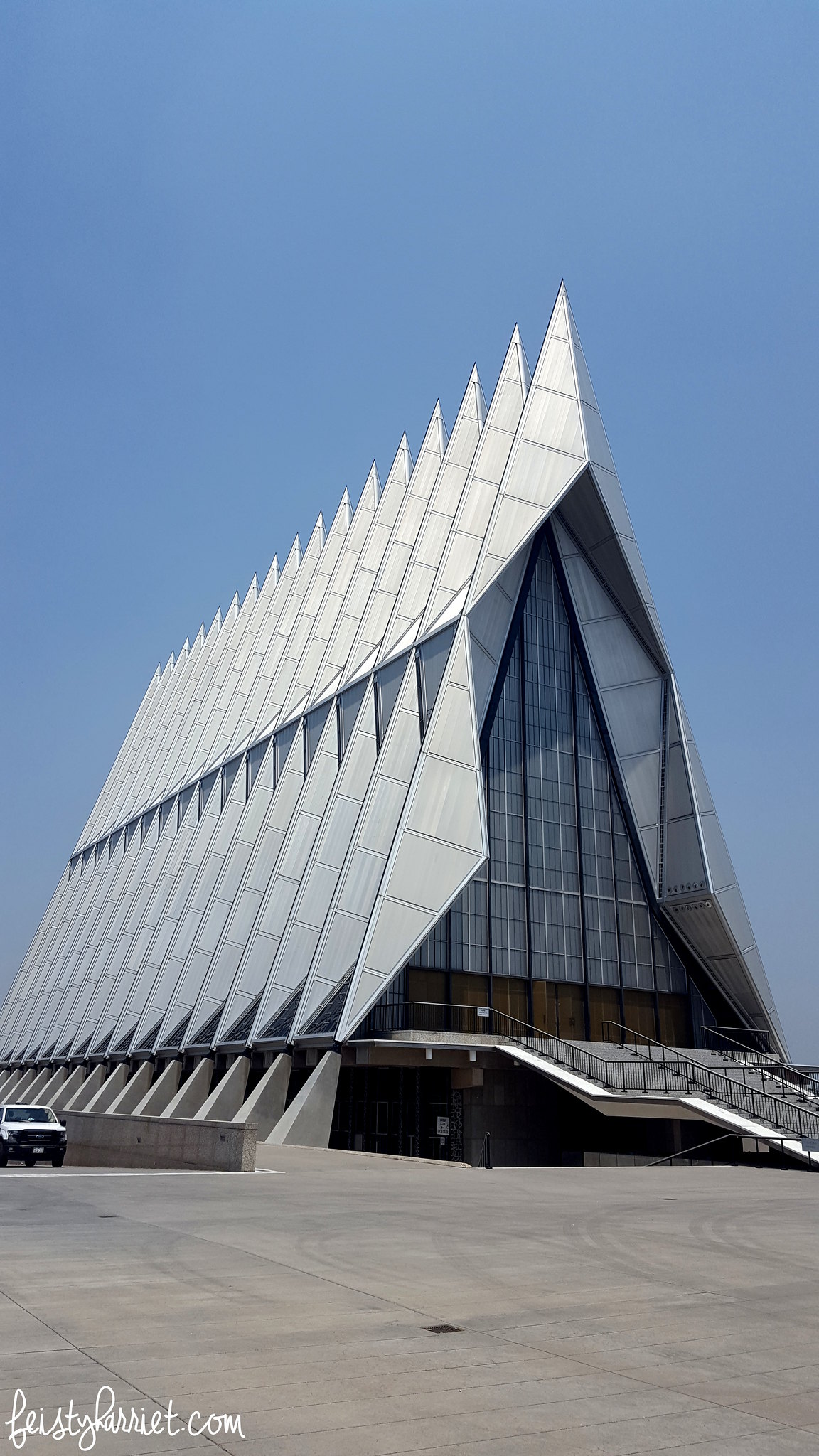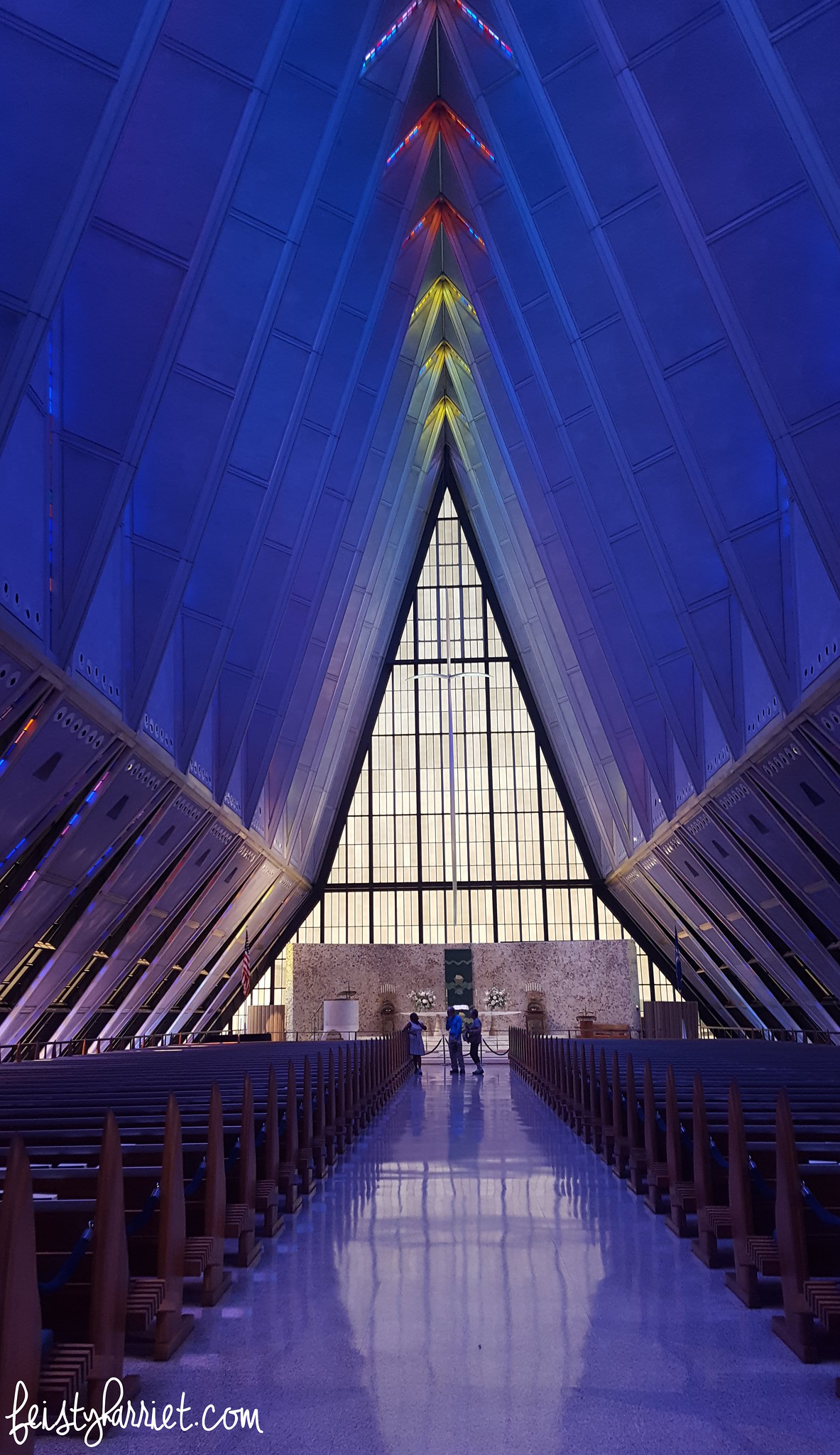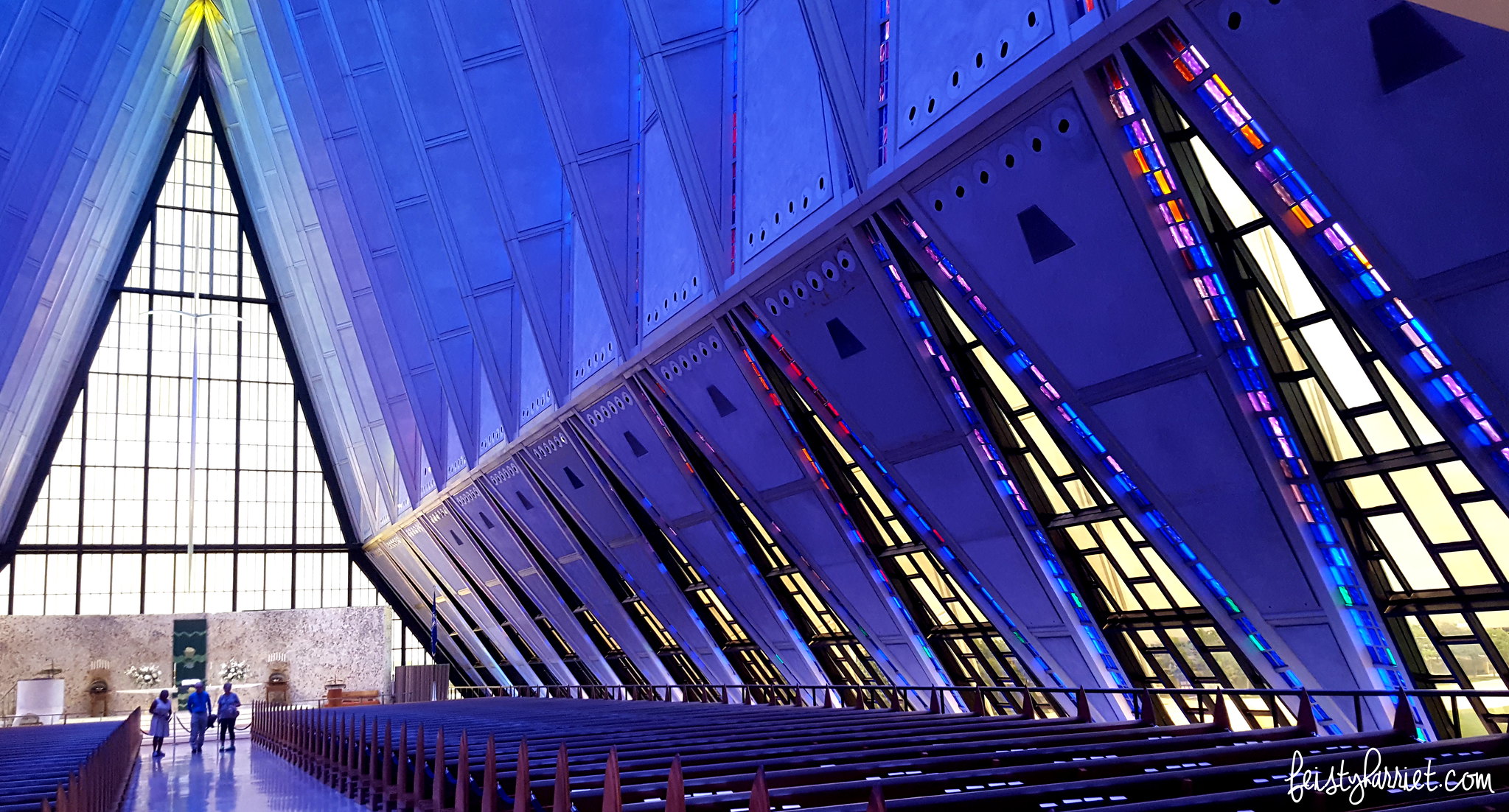If you are the kind of nerd that I am (and I like to think that you are; Hello, Nerd Friend), you will remember the week in elementary school that you learned about the Barringer Meteorite Crater in Arizona. You know, the giant ball of iron that zoomed in from space, made a fantastic hole, and probably killed off the dinosaurs? Ok, that last part isn’t true, it wasn’t THE meteor (which was, by all accounts, one of many significantly larger ones), but the Arizona meteor was a pretty big one, and because the plains around it are still completely desolate, it’s easy to imagine mass extinction. A few weeks ago Mr. Blue Eyes and I decided to go on an adventure close-ish to home, and the crater was near the top of my list.
 The crater is massive, over a mile across, 2.5 miles in circumference, and 550 feet deep. You can see a bit of white in that photo up there, those are outbuildings from the mining operation that used to be at the base of this pit.
The crater is massive, over a mile across, 2.5 miles in circumference, and 550 feet deep. You can see a bit of white in that photo up there, those are outbuildings from the mining operation that used to be at the base of this pit.
 This is a piece of the meteor that made the impact. Most of the 150 foot rock dissolved upon fiery impact, but from time to time the ranchers in the wide open spaces around this crater find pieces of this heavy nickle-iron space-debris on their land. The largest piece found so far is about the size of an infant car seat and weighs something like 1,400 pounds.
This is a piece of the meteor that made the impact. Most of the 150 foot rock dissolved upon fiery impact, but from time to time the ranchers in the wide open spaces around this crater find pieces of this heavy nickle-iron space-debris on their land. The largest piece found so far is about the size of an infant car seat and weighs something like 1,400 pounds.
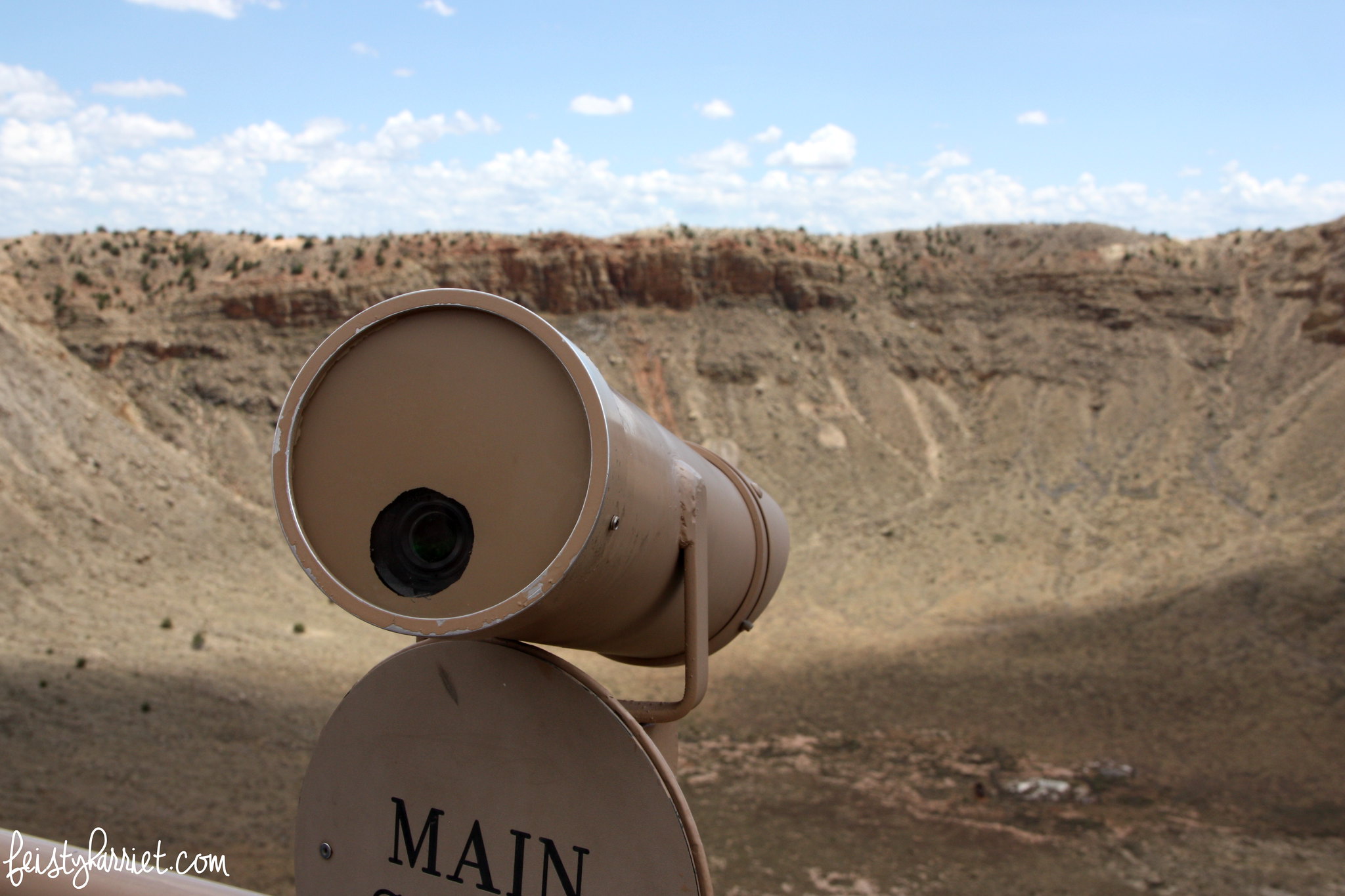 Blue Eyes and I wandered around the museum, took the tour out to the edge of the crater, were curtailed on said tour due to a nasty-looking storm brewing to the north, but did check out several fixed telescopes to get a better look at the geology of the crater, some old leftover mining operations that were hauled down there by mule, and the debris from a small airplane that crashed in the crater, not taking into account the wind in there it was unable to get out and smashed into the rocky sides of the pit.
Blue Eyes and I wandered around the museum, took the tour out to the edge of the crater, were curtailed on said tour due to a nasty-looking storm brewing to the north, but did check out several fixed telescopes to get a better look at the geology of the crater, some old leftover mining operations that were hauled down there by mule, and the debris from a small airplane that crashed in the crater, not taking into account the wind in there it was unable to get out and smashed into the rocky sides of the pit.
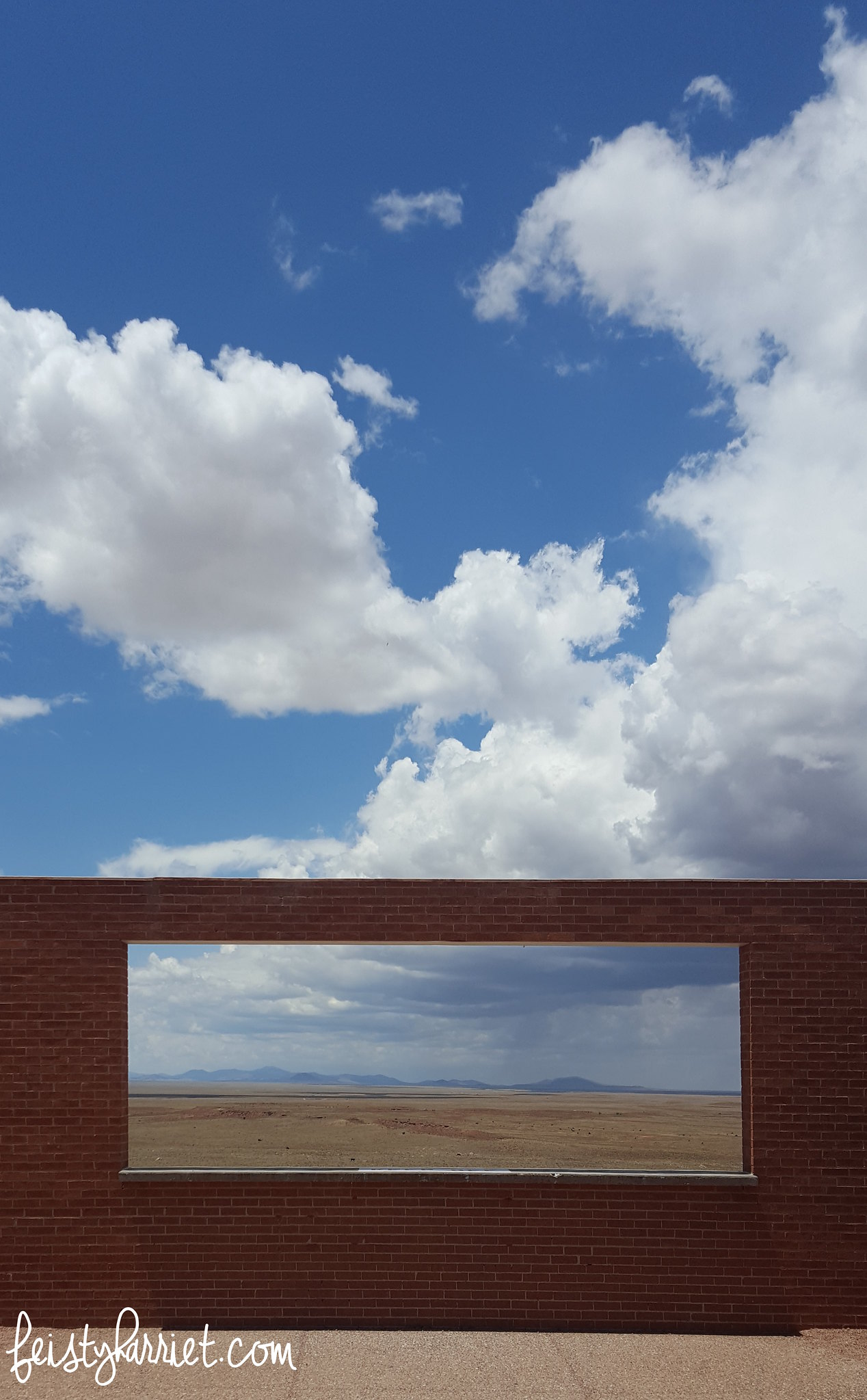 The museum was small, but had a lot of interesting information on meteors, meteorites, and history of the area. Blue Eyes is a mining geek, and a dirt & rock geek, and I love space stuff…so we frankly had a blast at the museum. Man, science is awesome.
The museum was small, but had a lot of interesting information on meteors, meteorites, and history of the area. Blue Eyes is a mining geek, and a dirt & rock geek, and I love space stuff…so we frankly had a blast at the museum. Man, science is awesome.
 As we were leaving the storm we’d been watching turned into a pretty intense summer thundercloud with speedy winds whipping it across the plateaus. Glad we weren’t on the rim of the crater for that, but am also kind of bummed we didn’t get to go exploring a little more.
As we were leaving the storm we’d been watching turned into a pretty intense summer thundercloud with speedy winds whipping it across the plateaus. Glad we weren’t on the rim of the crater for that, but am also kind of bummed we didn’t get to go exploring a little more.
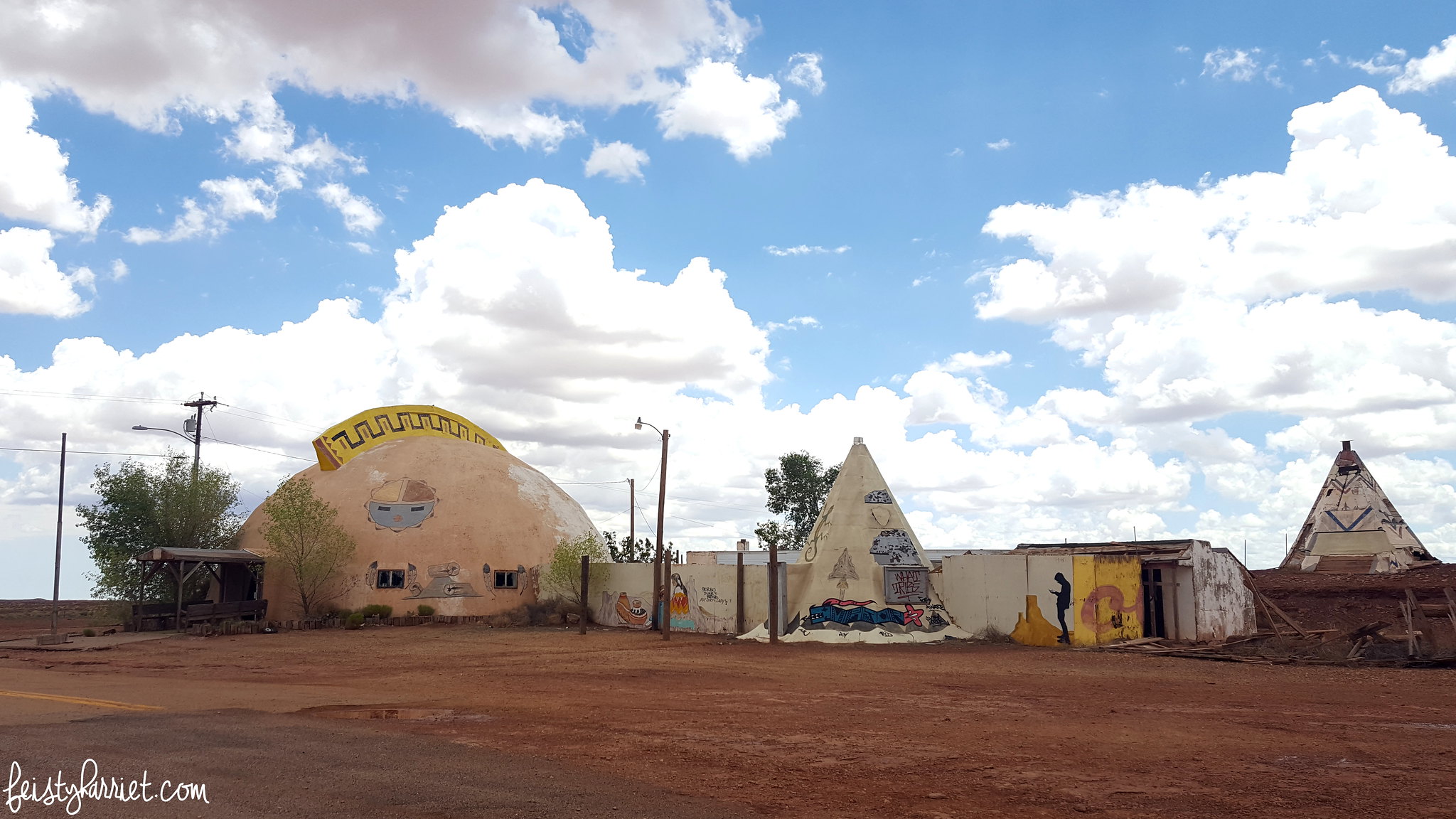 Uh, this is not at the crater, this was a wrong exit that I insisted was correct, only to be met with some weird tribal-alien ruins of what once was a money maker on historic Route 66.
Uh, this is not at the crater, this was a wrong exit that I insisted was correct, only to be met with some weird tribal-alien ruins of what once was a money maker on historic Route 66.



